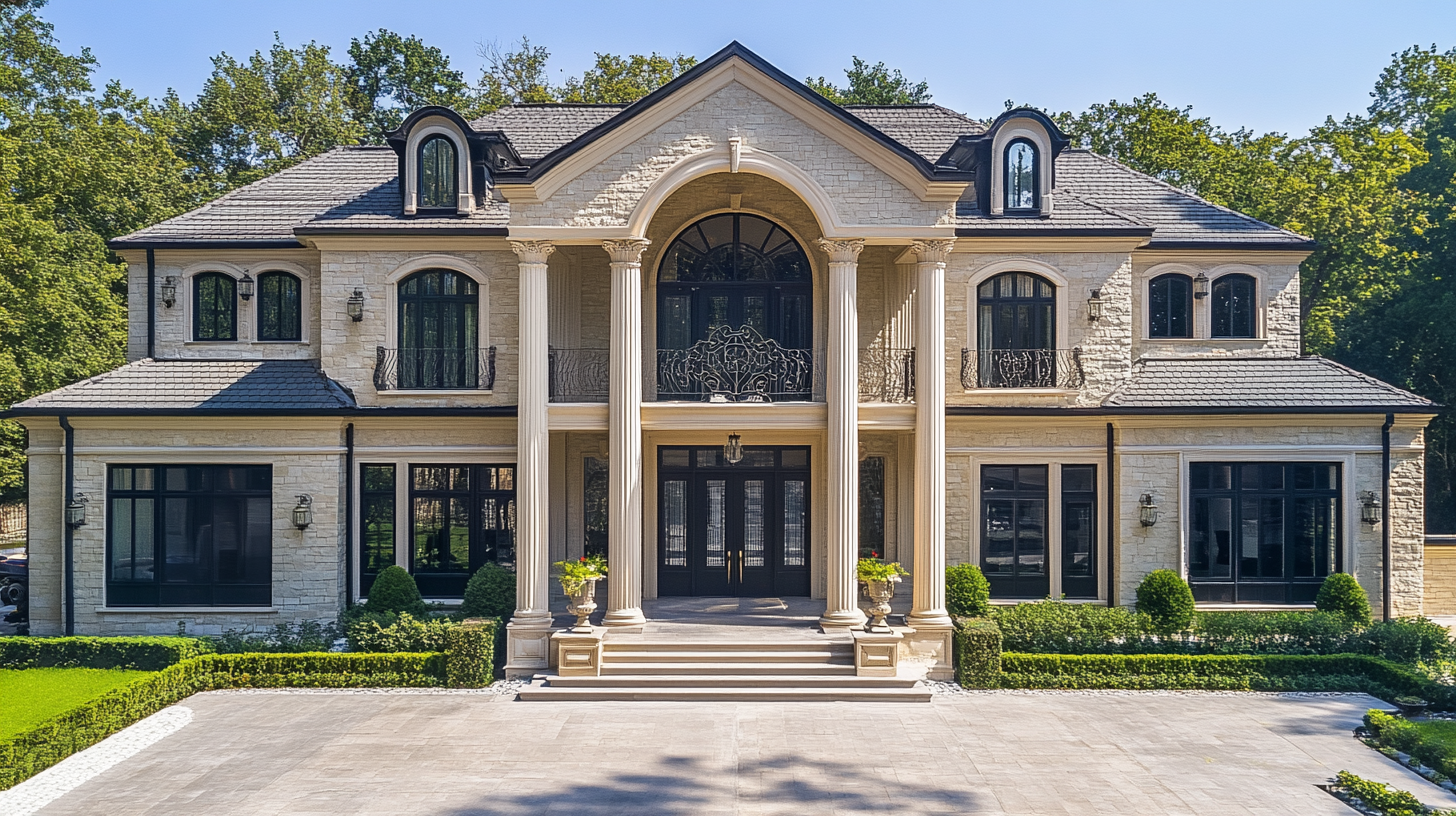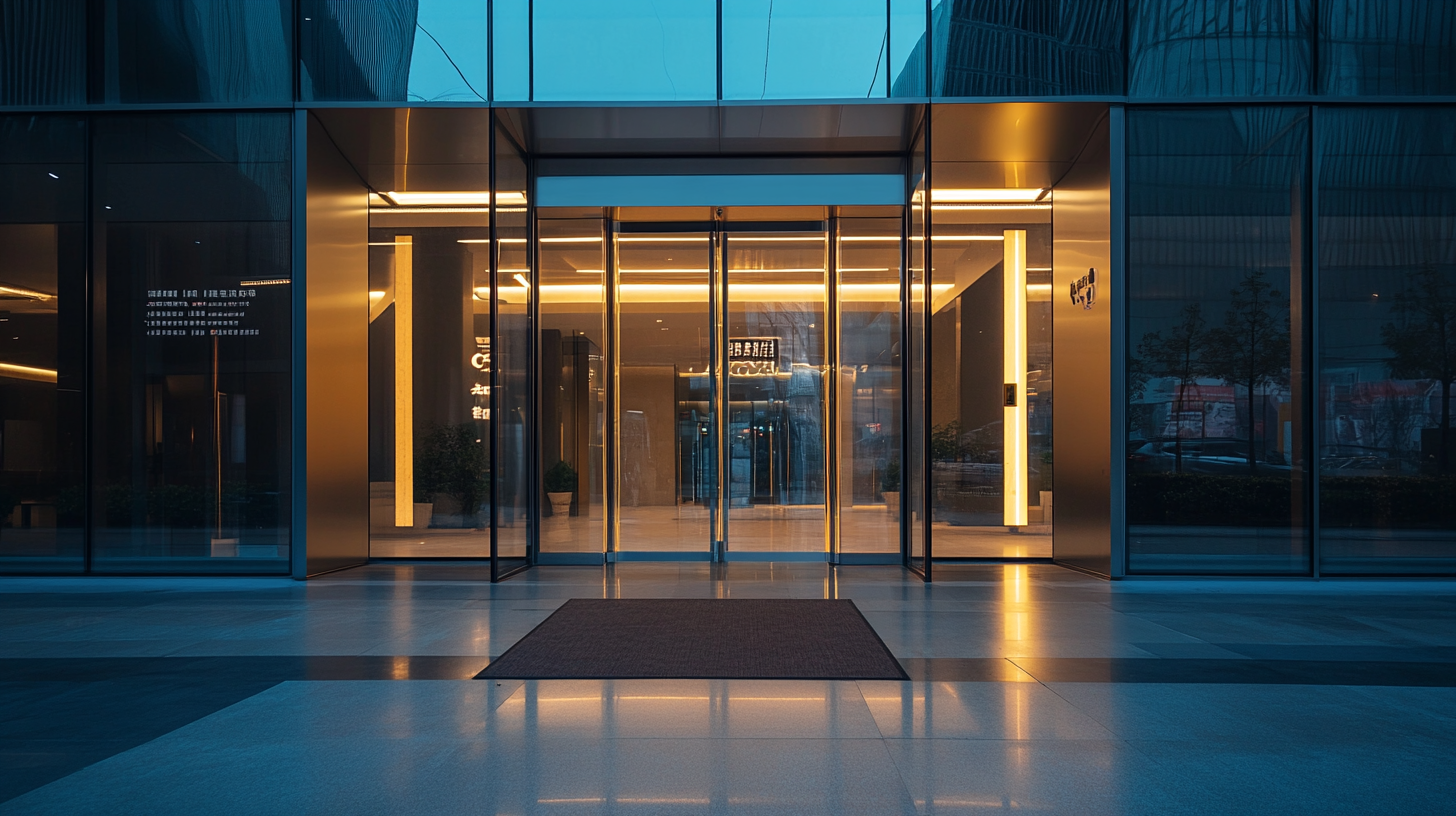Global Manufacturing Excellence Crafted in China with Premium Fiberglass Front Doors
As the global demand for high-quality residential doors continues to surge, the market for Fiberglass Front Doors has emerged as a significant leader in the manufacturing sector, particularly in China. According to a recent report by Allied Market Research, the fiberglass doors market is projected to reach USD 4.69 billion by 2026, growing at a CAGR of 6.8% from 2019 to 2026. This growth underscores the increasing preference for fiberglass front doors due to their superior durability, energy efficiency, and aesthetic appeal. Chinese manufacturers are continuously optimizing production techniques and investing in advanced materials to enhance the quality and performance of these doors, establishing a benchmark for global manufacturing excellence. As we delve deeper into the factors contributing to this trend, we will explore how the integration of innovative technology and craftsmanship in China is revolutionizing the fiberglass door industry, setting new standards for homeowners worldwide.

The Rise of Fiberglass Front Doors in Global Manufacturing Markets
The rise of fiberglass front doors is transforming the landscape of global manufacturing markets, as these innovative products combine durability, aesthetics, and energy efficiency. According to the "2024 Industry Pulse" report, fiberglass door sales have surged by 30% over the past year, as homeowners and builders increasingly recognize their advantages over traditional wood and steel doors. This growth is driven by the material's ability to withstand extreme weather conditions while maintaining an attractive appearance, which speaks to the evolving consumer preferences for high-quality, low-maintenance options.
As manufacturers in China ramp up production to meet this increasing demand, they are leveraging advanced technologies and sustainable practices, positioning themselves as leaders in the global market. The report underscores that China is projected to hold over 40% market share in fiberglass door manufacturing by 2025, reflecting a significant shift toward innovation and quality craftsmanship.
Tips for homeowners considering fiberglass front doors include evaluating insulation properties, as high-quality fiberglass doors can enhance energy efficiency by up to 70%. Additionally, opting for doors with a good warranty can provide peace of mind, protecting your investment for years to come. Finally, always seek out reputable manufacturers that prioritize sustainability and quality control to ensure you receive a product that meets both aesthetic and functional needs.

Understanding the Unique Benefits of Fiberglass Over Traditional Materials
Fiberglass front doors are becoming increasingly popular as they offer a plethora of benefits compared to traditional materials like wood and steel. One of the most significant advantages of fiberglass is its exceptional durability. These doors are resistant to warping, rotting, and dents, ensuring that they maintain their aesthetic appeal and functionality over the years. Unlike wooden doors, which can swell or crack with changes in humidity and temperature, fiberglass doors remain stable, providing homeowners with peace of mind.
Moreover, fiberglass doors are highly energy-efficient. They are designed with insulated cores that help reduce heat transfer, making them a great choice for energy-conscious consumers. By minimizing drafts and maintaining consistent indoor temperatures, fiberglass doors can contribute to lower energy bills. Additionally, they are often available in a variety of finishes that mimic the appearance of wood, giving homeowners the luxury of style without the high maintenance typically associated with traditional materials. Overall, choosing fiberglass for front doors not only enhances the beauty of a home but also promotes long-term savings and sustainability.
Key Industry Statistics Reflecting Growth in Fiberglass Door Production
The fiberglass door market has seen remarkable growth in recent years, driven by advancements in manufacturing technology and an increasing demand for durable, energy-efficient solutions. With China at the forefront of this industry, manufacturers are leveraging premium fiberglass materials to create front doors that not only enhance the aesthetic appeal of homes but also offer superior performance in terms of insulation and longevity. Key industry statistics highlight this trend, showing a steady increase in production and sales, reflecting consumer preferences shifting towards fiberglass over traditional wood and steel options.
In particular, the latest Doors Market Report reveals that the global fiberglass door market is poised for continued expansion, fueled by rising awareness of energy conservation and the growing emphasis on sustainable building materials. As builders and homeowners seek more innovative and low-maintenance alternatives, the craftsmanship behind these doors becomes essential. Quality manufacturing practices in China are setting benchmarks for excellence, ensuring that each door meets the highest standards in durability and design. This combination of market growth and premium construction techniques underscores the significant role China plays in shaping the future of the fiberglass door industry.
Global Manufacturing Excellence Crafted in China with Premium Fiberglass Front Doors - Key Industry Statistics Reflecting Growth in Fiberglass Door Production
| Year | Global Sales Volume (Million Units) | Market Share (%) | Average Price (USD) | Growth Rate (%) |
|---|---|---|---|---|
| 2020 | 15 | 25 | 150 | - |
| 2021 | 18 | 30 | 155 | 20 |
| 2022 | 21 | 35 | 160 | 16.67 |
| 2023 | 25 | 40 | 165 | 19.05 |
China's Role as a Leader in Fiberglass Door Manufacturing and Innovation
China has firmly established itself as a pivotal player in the fiberglass door manufacturing sector, showcasing its innovative capabilities and commitment to quality. As the market for fiberglass materials is projected to soar to USD 13.17 billion by 2029, China's manufacturing excellence shines through. The country's robust production techniques and technological advancements in fiberglass construction not only meet domestic demand but also cater to the global market, positioning it as a leader in the industry.
Moreover, Chinese manufacturers are increasingly focusing on sustainability and energy efficiency, ensuring that their fiberglass doors are not only durable but also environmentally friendly. This trend reflects a broader commitment to innovation within the manufacturing sector, as companies invest in research and development to enhance their product offerings. Ultimately, the blend of craftsmanship and cutting-edge technology in China's fiberglass door industry continues to redefine standards and propel the region's prominence on the global stage.

Sustainability and Energy Efficiency: The Future of Fiberglass Front Doors
As we move towards a more sustainable future, the role of energy-efficient materials in construction becomes increasingly vital. Fiberglass front doors, crafted in China, exemplify this shift with their superior insulation properties and minimal environmental impact. Unlike traditional wooden or steel doors, fiberglass doors provide better thermal resistance, helping homeowners reduce their energy consumption. This not only contributes to lower utility bills but also aligns with global efforts to minimize carbon footprints.
Moreover, the manufacturing processes for fiberglass doors have evolved significantly, embracing environmentally friendly practices. Modern production techniques prioritize sustainability, utilizing recycled materials and reducing waste. The durability of fiberglass also means that these doors often outlast their counterparts, meaning fewer resources are spent on replacements. As consumers become more environmentally conscious, selecting fiberglass front doors is a practical and responsible choice that supports both energy efficiency and sustainable living. By investing in these innovative doors, homeowners can enjoy a beautiful aesthetic while making a positive impact on the environment.

